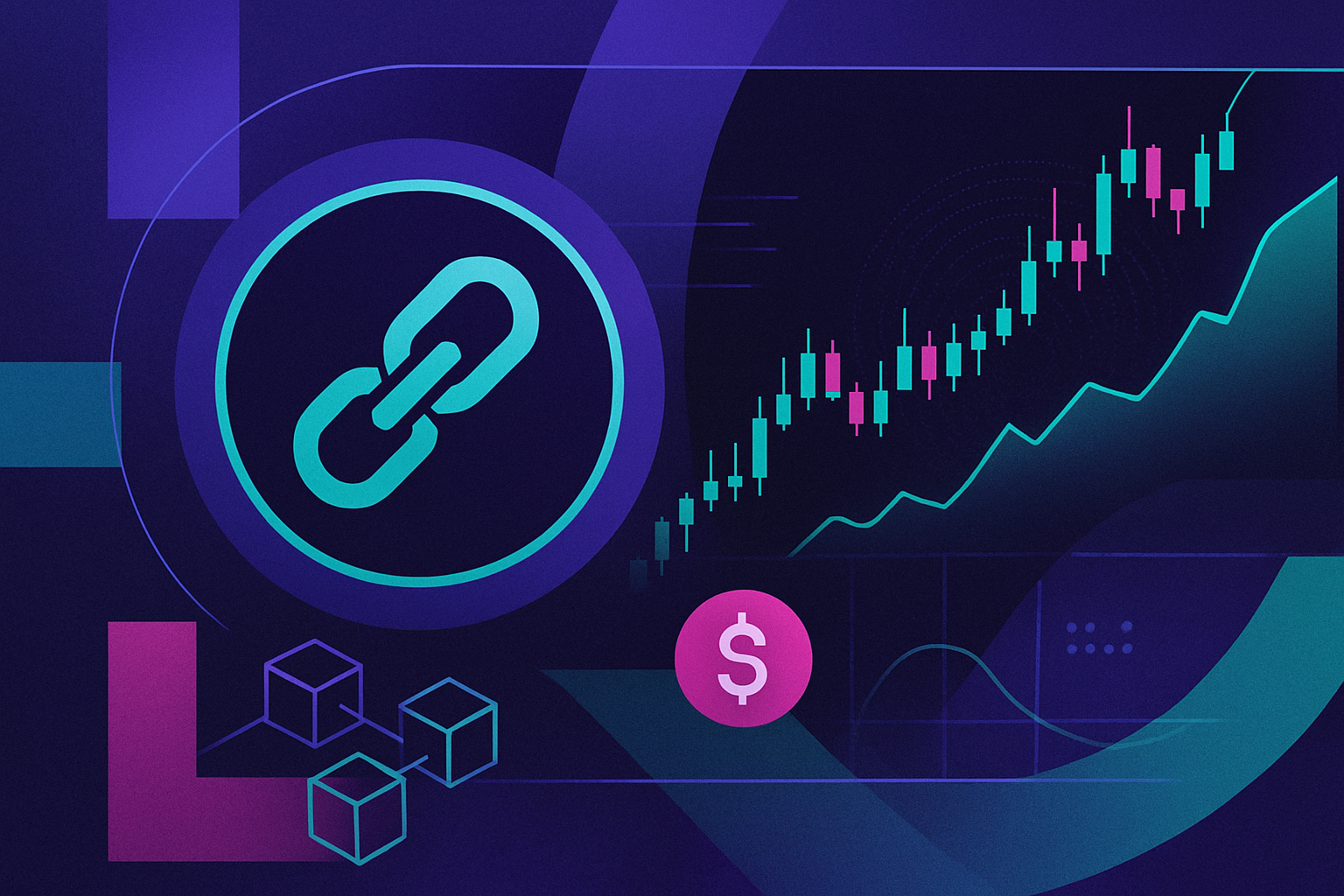
Perpetual DEXs are the high-speed racetracks of DeFi, and arbitrageurs are the drivers gunning for risk-adjusted profits. In 2025, with Bitcoin (BTC) trading at $91,779 and Ethereum (ETH) at $3,026.48, delta-neutral strategies have become the weapon of choice for traders who want to capture inefficiencies without betting on market direction. If you’re hunting for a bold edge in perpetual DEX arbitrage 2025, it’s time to master these mechanics.

Delta-Neutral Trading: The Core Principle
A delta-neutral position means your portfolio’s value doesn’t flinch when BTC or ETH prices move up or down. You’re not here to gamble on direction – you’re here to squeeze alpha from funding rates, basis spreads, and volatility mispricings. This is the backbone of arbitrage strategies on perpetual contracts. With delta-neutral trading in DeFi, you can profit while everyone else is sweating price swings.
The Funding Rate Arbitrage Playbook
On top-tier perp DEXs like Hyperliquid-Style Perps, funding rates are the heartbeat of opportunity. Here’s how it works:
- When funding is positive: Longs pay shorts. Go long spot (buy BTC at $91,779), short the perp contract for the same amount. You’ll collect recurring funding payments as long as that rate holds above zero.
- When funding flips negative: Shorts pay longs. Short spot (sell BTC at $91,779), go long in perps. Now you’re pocketing payments in reverse.
This approach is all about execution speed and fee awareness – blink and someone else snags that edge first! For a real-world scenario: if BTC’s funding rate sits at 0.03% every 8 hours, a disciplined trader could lock in an annualized yield north of 32%, assuming stable rates and tight hedging.
The Cash-and-Carry Classic: Locking In Basis Profits
The cash-and-carry strategy is evergreen for a reason – it’s simple and effective when futures trade at a premium or discount to spot prices. Let’s break it down using today’s numbers:
- Spot BTC: $91,779
- Bullish quarterly futures contract: $92,200
Your move? Buy spot BTC at $91,779 while simultaneously shorting the quarterly future at $92,200. When expiry hits (or you unwind early), your delta exposure cancels out and you pocket the $421 difference per BTC minus fees – pure basis profit with minimal price risk.
Pitfalls and Risks: What Can Trip You Up?
No free lunch here – even delta-neutral setups demand vigilance:
- Funding Rate Volatility: Rates can flip fast; what pays today might cost tomorrow.
- Execution Risk: Slippage or illiquidity can eat your edge if you don’t use high-liquidity venues with rapid order matching.
- Cumulative Fees: Every hedge or rebalance racks up costs; always factor these into your profit projections.
If you want to dig deeper into fast-arb tactics on perps DEXs, including more advanced risk controls, check out our deep dive: How to Execute Fast Arbitrage on Perpetual DEXs: Opportunities and Risks in 2025.
Staying delta-neutral is a discipline, not a set-and-forget recipe. In 2025’s turbocharged DeFi scene, you need to monitor funding rates and basis spreads like a hawk. If BTC’s price at $91,779 suddenly spikes or funding rates whipsaw, your carefully balanced positions can flip from cash cow to capital drain in minutes. Smart traders automate alerts and use analytics tools to track perp DEX funding rates in real time, because the market never sleeps.
Toolbox for Perpetual DEX Arbitrage 2025
Want an edge? Leverage the right tools. Platforms now offer dashboards that aggregate perp DEX funding rates tools, show cross-exchange basis spreads, and even simulate delta-neutral P and L before you commit capital. Some bots can execute multi-leg trades across spot and perp venues in seconds, but always audit your code and permissions, security is non-negotiable.
Top 5 Perpetual DEXs in 2025: Liquidity, Fees, and Speed Comparison
| DEX Name | Liquidity (24h Volume) | Trading Fees | Execution Speed (Avg. Trade Time) |
|---|---|---|---|
| dYdX | $2.1B | 0.05% maker / 0.10% taker | <1s |
| GMX | $1.4B | 0.10% per trade | ~2s |
| Hyperliquid | $1.2B | 0.08% per trade | <1s |
| Kwenta | $950M | 0.09% per trade | 1-2s |
| Aevo | $900M | 0.07% per trade | <1s |
Timing is everything. Funding rate arbitrage opportunities can vanish as quickly as they appear, especially when whales pile into the trade. Use limit orders for precision entry and exit, market orders might get you filled fast but often at a cost.
Pro Tips for Consistent Delta-Neutral Profits
- Size positions carefully: Overleveraging kills; keep your leverage aligned with volatility and liquidity.
- Monitor your margin: Liquidations are brutal on DEXs, set alerts well before danger zones.
- Track all costs: Network fees, trading commissions, and slippage add up fast; bake them into every calculation.
- Diversify venues: Don’t rely on one DEX or chain, spreading risk reduces downtime surprises.
The real winners are those who adapt fast. When perp funding flips or basis gaps close, don’t hesitate to unwind or rotate strategies. Flexibility beats stubbornness every time in the DeFi arena.
The Bottom Line: Delta-Neutral Isn’t Zero Effort
If you’re serious about delta-neutral trading DeFi, set up robust tracking systems and stay nimble. The game has evolved, manual monitoring is obsolete when bots and analytics rule the field. But with discipline, speed, and sharp risk controls, you can turn market noise into consistent returns while everyone else chases price action.
If you want to see how other traders are crushing it with live delta-neutral setups using today’s prices (BTC at $91,779 and ETH at $3,026.48), check out this recent thread:
Buckle up, the future of arbitrage strategies on perpetual contracts is here for those bold enough to seize it.







